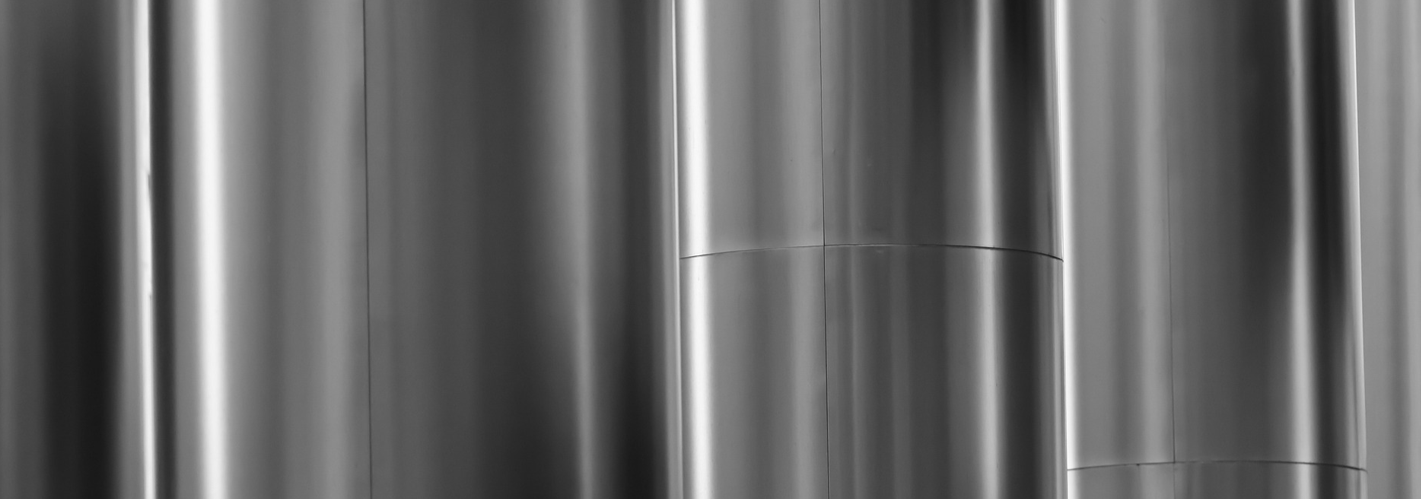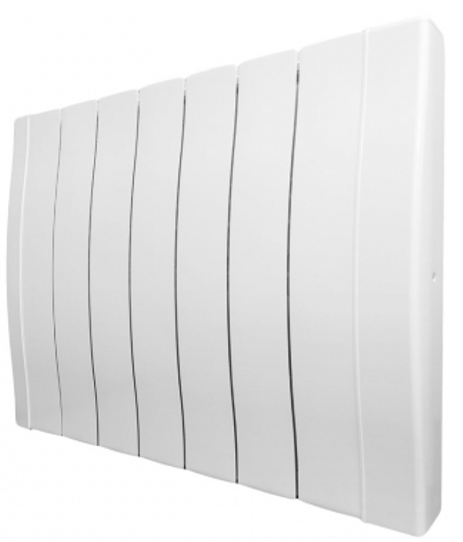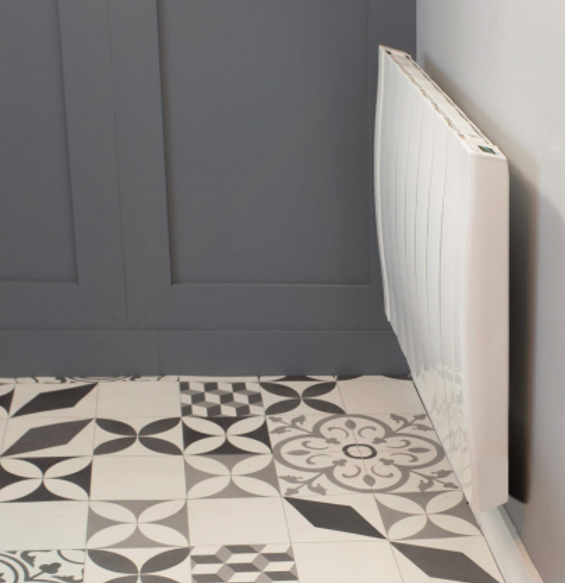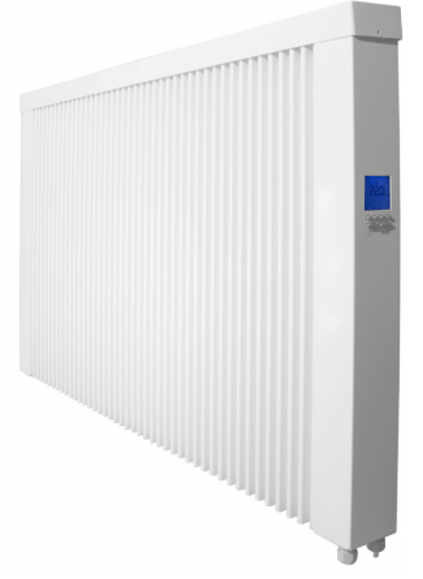
Aluminium: a brief overview
 Aluminium as we know it today, a shiny, lightweight material used in everything from aviation to coke cans, comes from the compound Alum, which has been used by our ancient ancestors since 5 BCE. Primarily used as a dying agent by the ancient Greeks, Alum is first mentioned in writing by Greek historian Herodotus. Fast forward a couple of hundred years and the material crops up again in the Roman novel “Satiricon” in the guise of an unbreakable mirror that’s presented before the Emperor, who executes its creator so it wouldn’t diminish the price of gold…
Aluminium as we know it today, a shiny, lightweight material used in everything from aviation to coke cans, comes from the compound Alum, which has been used by our ancient ancestors since 5 BCE. Primarily used as a dying agent by the ancient Greeks, Alum is first mentioned in writing by Greek historian Herodotus. Fast forward a couple of hundred years and the material crops up again in the Roman novel “Satiricon” in the guise of an unbreakable mirror that’s presented before the Emperor, who executes its creator so it wouldn’t diminish the price of gold…
Remaining nothing more than a curious Earth-based salt for several centuries, the extraction of the metal was a lengthy, convoluted affair spanning multiple scientists from around the world. Danish physicist and chemist Hans Christian Ørsted was the first to extract the metal but his discovery was less than perfect and yielded different results when repeated. It wasn’t until French chemist Henri Étienne Sainte-Claire Deville announced an industrial method of aluminium production in 1854, that large quantities of workable material became available.
Since then, aluminium was used to create small household objects such as glasses and tableware before eventually finding its feet as a key material in the construction of aeroplane frames throughout both World Wars. Soon after, aluminium flourished as a lightweight, recyclable metal that adds strength to a variety of products.
Aluminium electric radiators
Radiators have been made from aluminium for some time now, providing strong and lightweight heating systems that last a lifetime. While aluminium doesn’t play a crucial role in the design of radiators, it has a strong effect on their heat retention and the time it takes to reach temperatures.
Aluminium is an exceptional heat conductor, which means it takes substantially less time to warm up than other materials, specifically steel: a common substance for radiators. The quick heat up time of an aluminium radiator means your spaces will be warm and inviting in record time, reducing the duration they’ll be drawing power from the wall. The emissivity of aluminium also means an aluminium radiator will respond to changes in temperature much quicker than alternative materials, offering a receptive heating system that won’t leave you waiting in the cold.
Because aluminium radiators are lighter than steel alternatives, they can be installed on less substantial internal walls and shouldn’t require additional manpower to fix them to the wall. They also tend to come in unique and interesting shapes because of the material’s malleability – allowing you to choose space-saving vertical models as well as conventional designs. As an added bonus, because aluminium is one of the most recycled metals on the planet, most aluminium radiators are made using reconstituted elements – providing an eco-friendly means of keeping warm.
Are aluminium radiators better than steel radiators?
Steel radiators are a common alternative to aluminium radiators and have been the primary choice, in the UK at least, for some time. But which should you choose? By and large, this depends on the space you want to heat.
Where aluminium radiators heat up quickly, steel radiators take longer to reach temperatures – making them a less desirable choice for living rooms or bedrooms where you want to be at your cosiest. If the temperature drops when you’re snuggled up on the sofa, an aluminium radiator will raise the temperature in no time, whereas it’ll take a while using steel radiators. Likewise, if you’re too hot and stuffy in bed, aluminium radiators will cool down quicker, so you can breathe easy in no time at all.
However, because steel radiators retain heat well after they’ve stopped drawing power, they’re ideal for rooms with high ceilings or conservatories, as the heat will radiate out into your space for longer – keeping you warm while funnelling warm air into more vacuous spaces. They’re also a good fit for period homes that require a certain old-school aesthetic, as they tend to feature traditional, column designs.
Which aluminium radiator is best for me?

Featuring detailed digital programming, easy DIY installation, as well as the option of freestanding fitting when purchased with their feet, the RC Wave is an ever-day aluminium radiator that can be used throughout your home to create a fully electric central heating system, without any of the long waiting times of traditional steel radiators.
To find out more about the RC Wave or to receive a free, tailor-made quote based on your requirements, get in touch with our dedicated sales team. Alternatively, head over to Electric Radiators Direct and use our electric radiator calculator to determine the size and wattage needed to heat your space.
Image Sources:
Banner image by PublicDomainPictures from Pixabay
Chemistry image by 470906 from Pixabay







